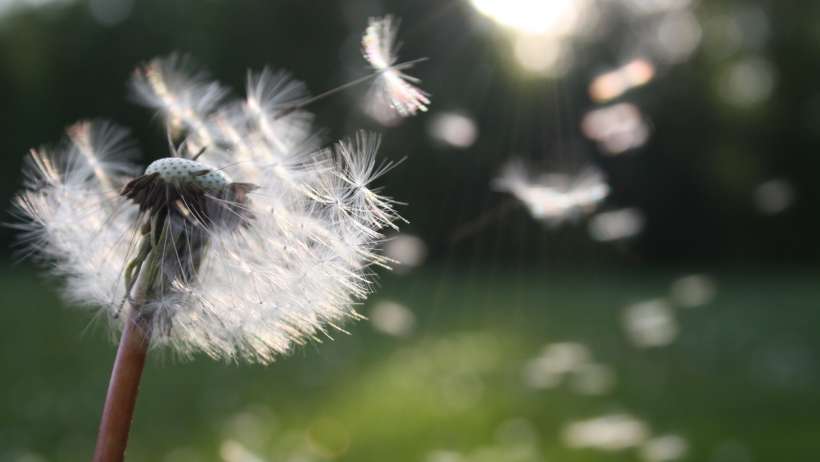Often there exists some confusion between pranayama and meditation? The difference between them can be subtle unless you dig in and understand the objective of both of these exercises. Pranayama is an ancient breath technique that originates from yogic practices in India. It involves controlling your breath in different styles and lengths. It is known as the fourth limb, of yoga. The word pranayama comes from two separate words: prana and ayama. Prana translates to breath, while ayama has many different meanings including expansion, length, and rising.
In yogic beliefs, it is thought that you can control your inner force, also known as prana, through a pranayama practice. Pranayam is breathing activities, which cause us to have control over our breath. Pranayama encourages us to have controlled and straightforward breath that does not falter with feelings. Pranayam is the investigation of breath and precedes Meditation.
Meditation (Dhyana) comes after the Pranayama. Pranayama and Asana are considered as ‘External layer’ of practices while Dhyana, Dharana, and Samadhi are considered ‘Inward layer’ of training. Meditation is the mindful art of doing nothing, which may be hard for many of us to do, given our constant impulse to act to achieve something. Indeed, Dhyana (Meditation) is the initial step of ‘clearing cognizance.’ Meditation is a conscious effort/exercise in focusing/concentrating the brain on something, or a conscious personality without any considerations.
Both of these practices can use breath, which is a dynamic bridge between the body and mind. It is often common for Ayurvedic practioners to prescribe pranayama and/or meditation to patience that experience high level of stress or cardiac stress. Pranayama and Meditation offer their own unique benefits. Pranayamic practice of slow and deep breathing helps us regulate respiratory and cardiovascular systems. During slow and deep breathing lung inflates to the maximum. This stimulates pulmonary stretch receptors which bring about withdrawal of sympathetic tone in skeletal muscle blood vessels leading to widespread vasodilatation and decrease in peripheral resistance and thus decrease diastolic blood pressure. While practicing pranayama one concentrates on the act of breathing reducing overall stress.
Meditation on the other hand focuses on modifying the state of anxiety resulting in lowering of diastolic blood pressure and heart rate. Regular practice of yoga has showed improvement in baroreflex sensitivity and decrease in the sympathetic tone thereby restoring blood pressure to normal level in patients of essential hypertension.
For those starting out, adding Pranayama to your daily yoga practice and then following with meditation would be the best course of action to realize the most benefits.


